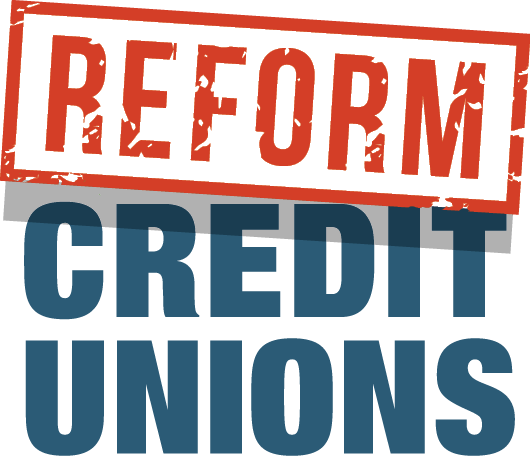Last week, Utah Valley University (UVU) announced “the largest single gift in UVU’s history,” a $28.5 million pledge from Utah Community Credit Union (UCCU), with $20 million earmarked for a state-of-the-art soccer stadium featuring 10 luxury suites. This questionable use of credit union member – and taxpayer – resources highlights a troublesome trend within the credit union industry.
Despite its self-described “humble beginnings” as BYU Federal Credit Union, UCCU has evolved significantly since its founding in 1956.
Now an ultra-large credit union, UCCU has $2.5 billion in assets and more than 230,000 members according to its 2021 annual report. UCCU’s tagline “love where you bank” sends mixed messages and leads us to ask the same question we’ve asked of many other large credit unions: is it a bank or credit union?
UCCU has substantial geographic reach, with membership open to “anyone who lives, worships, works (or regularly conducts business) in, or attends school in” an 11 county-area that includes several population centers. Its community charter, together with exorbitant marketing expenditures, enables UCCU to “continue its tradition of steady growth in membership and financial strength.”
In 2021, UCCU’s net income was $28.1 million, strikingly close to the $28.5 million it has pledged to UVU. Rather than returning those millions of dollars to its members via dividends or reduced rates, UCCU allocated those funds toward branding efforts.
As “democratic” institutions, credit unions often tout their mission and structure. The National Credit Union Foundation describes this “cooperative principle” of “democratic member control” as follows: “each member gets one vote, no matter their financial status, to help make the organization’s policies and decisions.”
While UCCU’s website references a committee that reviews donation and sponsorship requests, it’s unclear whether its more than 230,000 members supported such a substantial pledge, especially on the heels of a $5.5 million commitment for baseball stadium naming rights in 2017 and $2.5 million for basketball arena naming rights in 2010. We know for a fact that taxpayers did not get a vote.
Unfortunately, this inappropriate and inefficient use of credit union member and taxpayer monies has become commonplace throughout the credit union system in recent years.
In September, SECU – Maryland’s largest state-chartered credit union with over $5 billion in assets and 250,000 members – announced an $11 million deal with the University of Maryland that changed the name of its football stadium to SECU Stadium.
Seton Hall University Athletics now has a similar partnership with Affinity Federal Credit Union, New Jersey’s largest credit union with $3.8 billion in assets.
And it’s not only Division I schools. Michigan’s $1.9 billion Consumers Credit Union just secured “a full branded sponsorship of the restaurant and bar space inside” Van Andel Arena in Grand Rapids.
Nationwide credit union PenFed also “signed a ‘multi-million dollar,’ three-year deal that allows it to maintain 4,000 square feet of mostly digital advertising” at Dulles International Airport in Virginia.
As the National Credit Union Administration has acknowledged, “credit unions are becoming larger and more complex.” This unfettered growth fueled by their tax exemption and marketing expenses “pose[s] management challenges for the institutions themselves as well as the NCUA, as the risks posed by individual, large institutions become more significant to the Share Insurance Fund.”
Perhaps it’s time for Congress to re-examine the credit union tax exemption and the evolution the industry has undergone since the last such hearing nearly 20 years ago. Policymakers should heed the NCUA’s warning and act before it’s too late.
